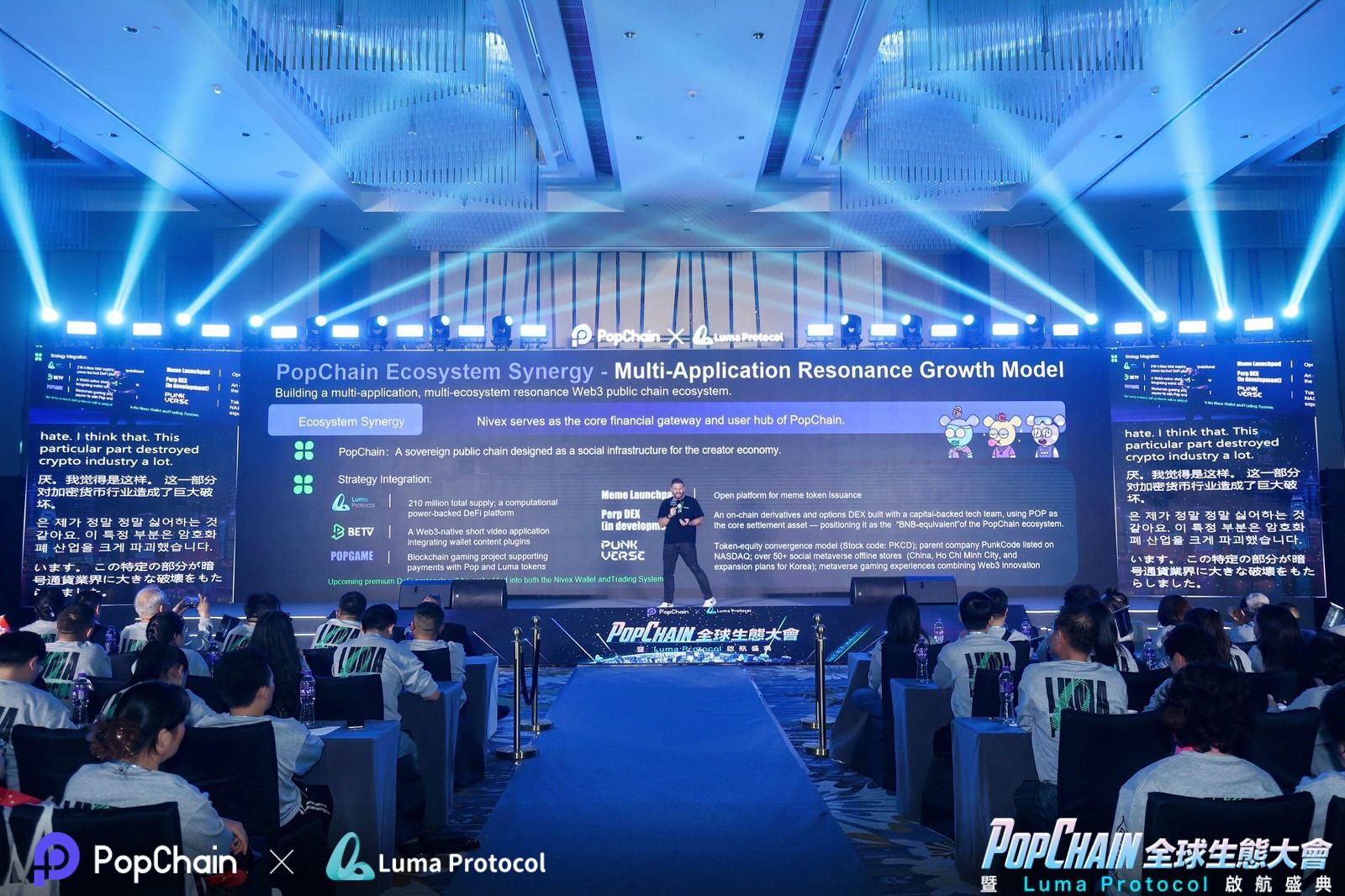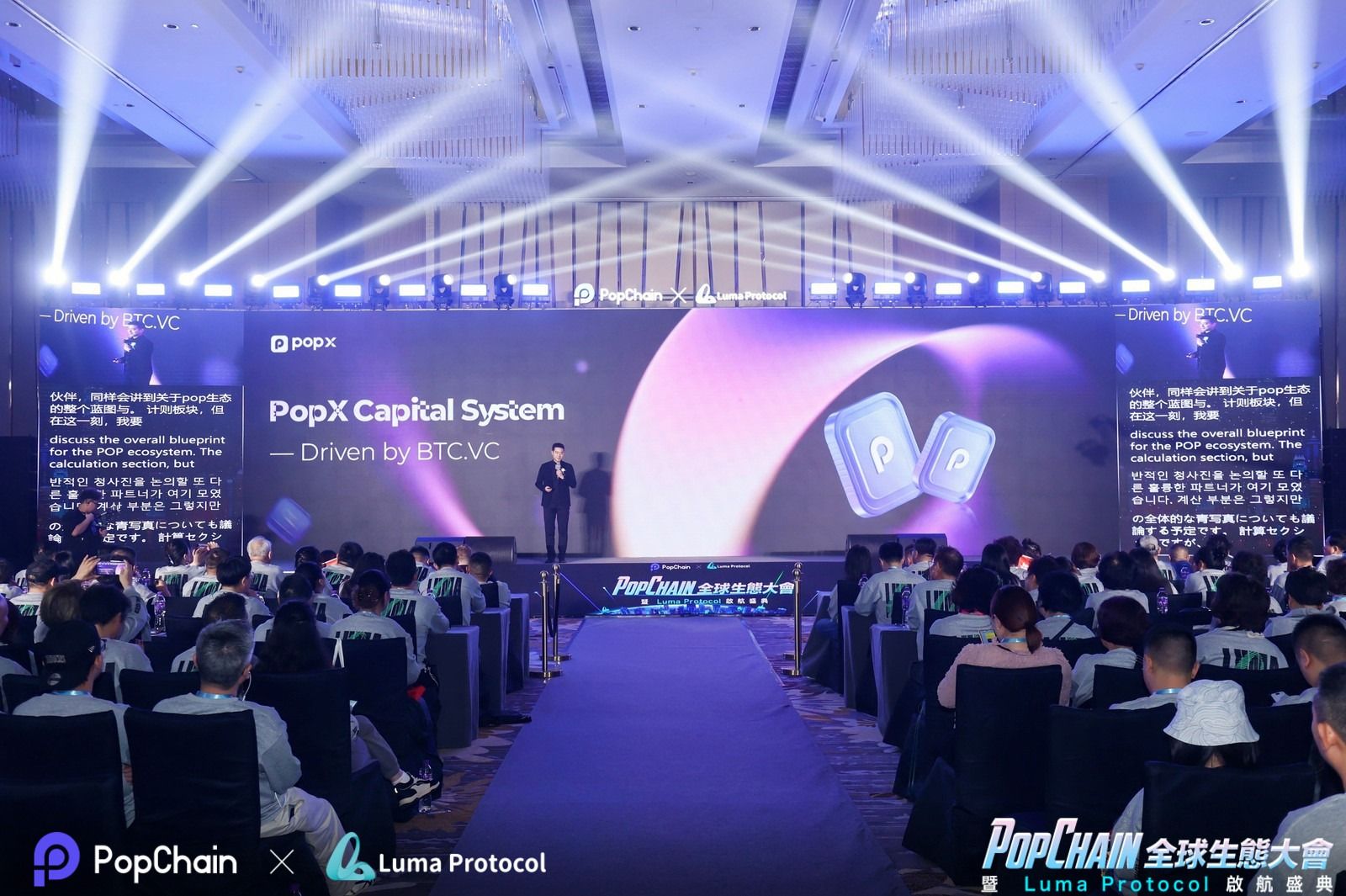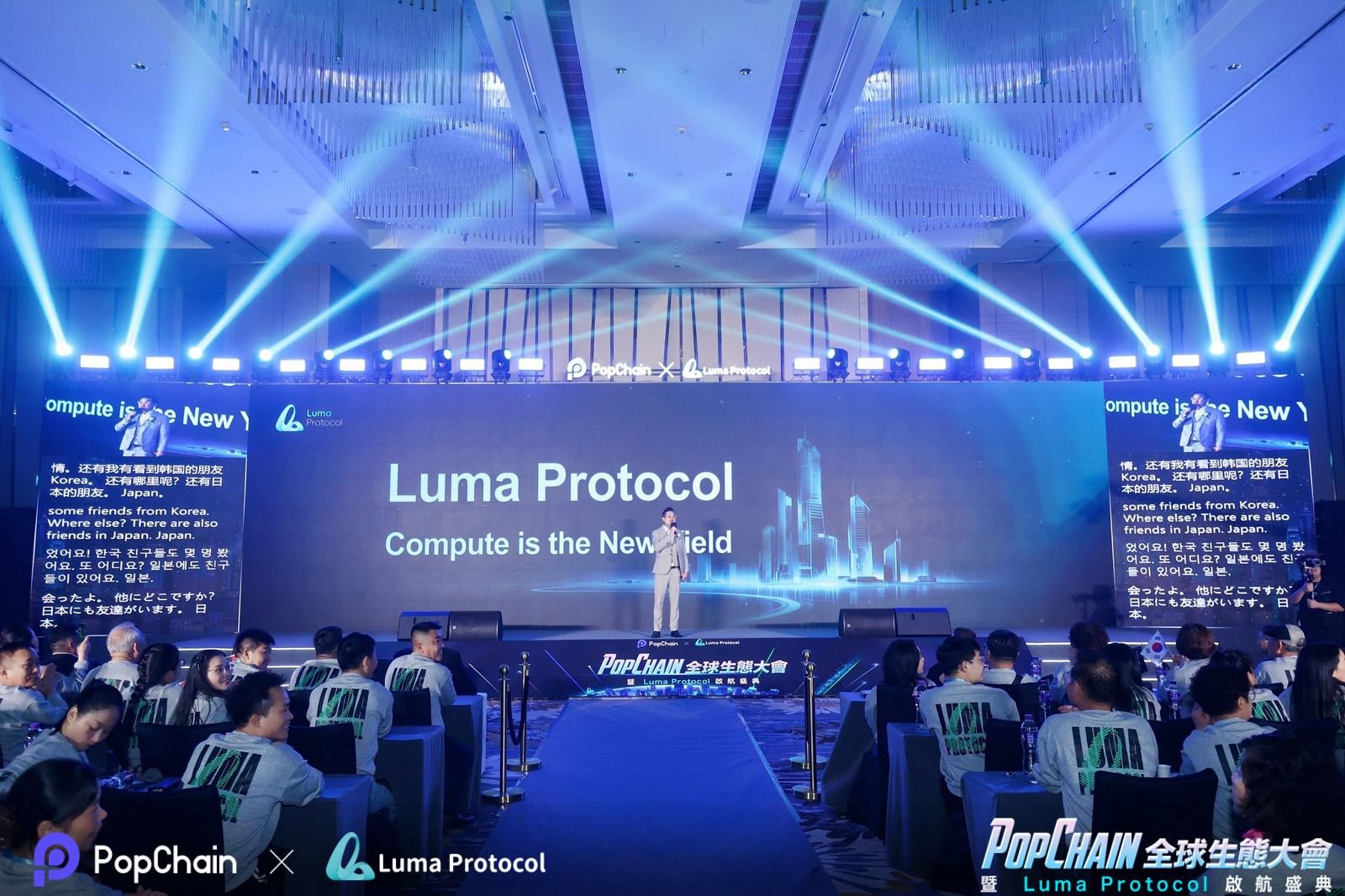Hyperliquid News Today: Hyperliquid’s BLP: Protecting DeFi from Widespread Systemic Threats
- Hyperliquid tests BLP lending protocol on Hypercore testnet, aiming to enhance on-chain collateral management for DeFi risks. - DeFi vulnerabilities highlighted by $284M interconnected loans and a $15.16M liquidation loss, underscoring systemic instability. - Circle's USDC firearm purchase policy and EPAA's regulatory advocacy reflect evolving compliance challenges in decentralized finance. - BLP's success depends on user adoption and regulatory alignment amid growing demands for transparency and risk mi
Hyperliquid, a prominent decentralized exchange, is currently trialing its own lending protocol, known as BLP (BorrowLendingProtocol), on the Hypercore testnet. This move hints at a possible shift toward supporting multiple collateral types. According to analyst MLM, the protocol is still in its early phases and presently accommodates assets such as
This development unfolds as concerns over DeFi risks intensify. Researchers from Yields and More have identified over $284 million in interconnected loans and stablecoins spread across platforms such as

Recent trading mishaps underscore the need for stronger risk controls. One Hyperliquid trader incurred a $15.16 million loss after leveraging 275,000 USDC in a 25x ETH position, demonstrating the high-risk nature of margin trading in DeFi, as reported in a
At the same time, DeFi governance is undergoing changes. The
Outside the blockchain space, stablecoin provider
The ongoing BLP trials at Hyperliquid, along with these industry trends, point to a DeFi sector that is evolving to address scalability, risk, and regulatory demands. As platforms like Hyperliquid add lending features, their capacity to balance innovation with reliability will be crucial in defining the future of decentralized finance.
Disclaimer: The content of this article solely reflects the author's opinion and does not represent the platform in any capacity. This article is not intended to serve as a reference for making investment decisions.
You may also like
Nivex CEO Simon: “Nivex Is Building the Intelligent Financial Infrastructure for One Billion Users”

PopX’s Mr. SennD: BTC.VC and PopX Are Building a Self-Growing Capital System

Luma Vice Dean Ben: “Luma Is Redefining DeFi by Turning Compute Into a Yield-Bearing Asset”

PopGame Shines at Pop Chain Global Summit in Hong Kong | Ushering in a New Era of Web3 Entertainment
